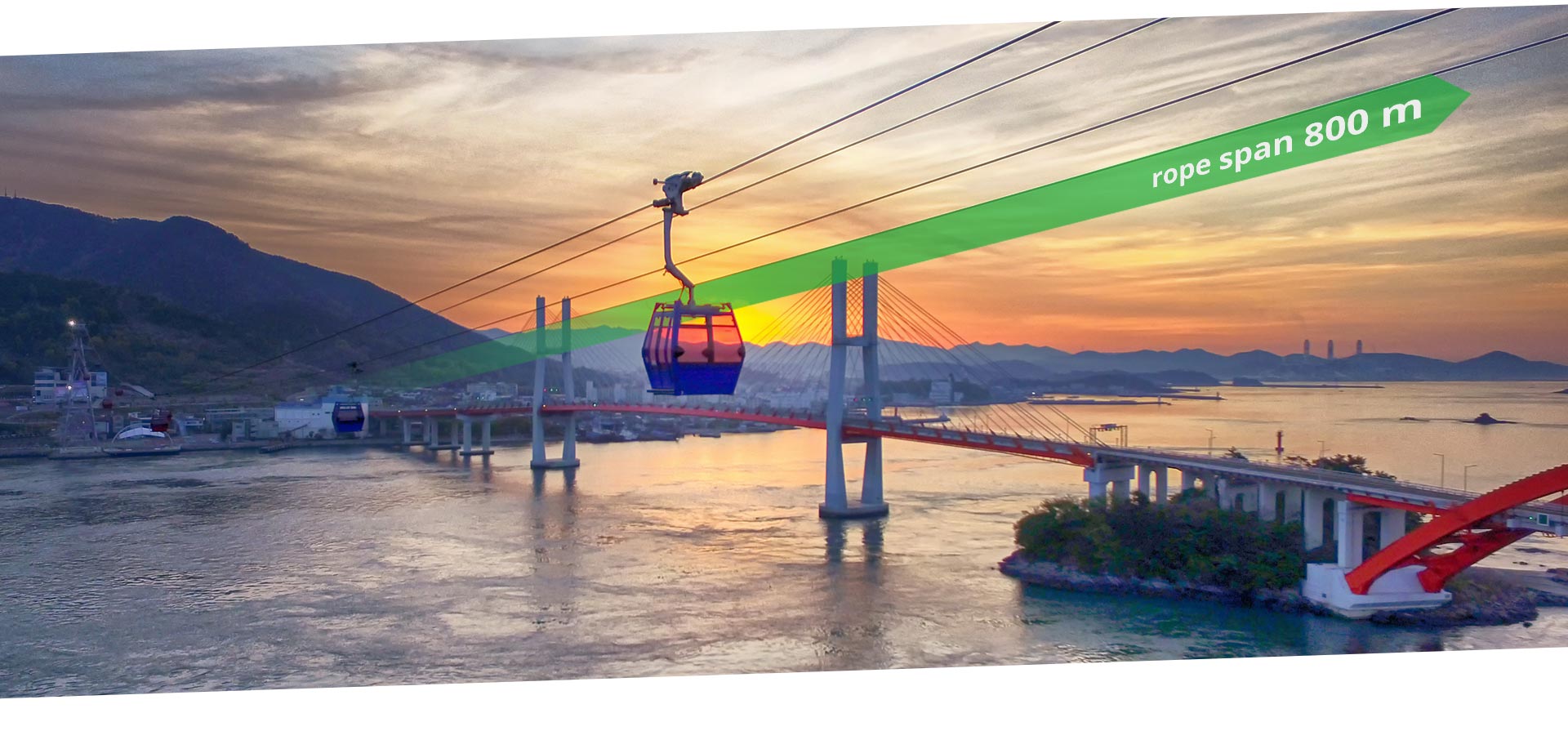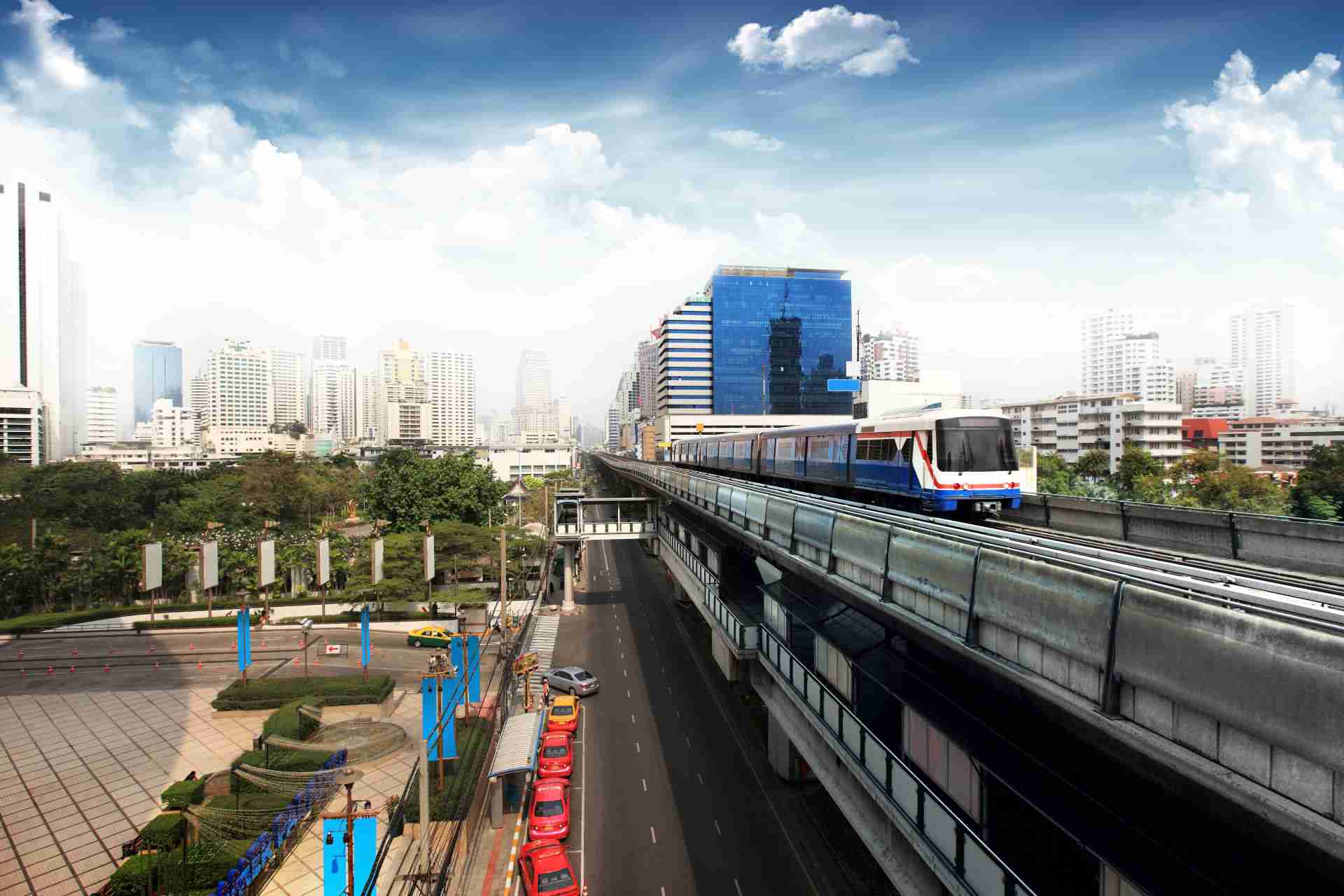
Metro | Subway | Underground | Suburban Railway | Commuter Railway | City Train
The metro (AE: subway, BE: underground), which usually operates in tunnels, and the ground based suburban rail (commuter rail, city train), are the most powerful transportation systems for local public passenger transport.
 Metros and suburban railways are rail transportation systems designed to be independent and free of intersections that can be operated on the ground, in tunnels, but also elevated. Recently, metros are often operated driverless and equipped with fully automated Platform Screen Doors (PSDs) at the stations.
Metros and suburban railways are rail transportation systems designed to be independent and free of intersections that can be operated on the ground, in tunnels, but also elevated. Recently, metros are often operated driverless and equipped with fully automated Platform Screen Doors (PSDs) at the stations.
 Both are high-performance transport systems with train capacities of up to 1,000 passengers and speeds of up to 100 km/h. Usually, they are not important for small to medium-sized cities as a main transport system (backbone system). Because of the high-performance potential of these systems, stations should not be too close together and should have a minimum spacing of about 700 m to allow the metros or suburban railway to fully develop their strengths.
Both are high-performance transport systems with train capacities of up to 1,000 passengers and speeds of up to 100 km/h. Usually, they are not important for small to medium-sized cities as a main transport system (backbone system). Because of the high-performance potential of these systems, stations should not be too close together and should have a minimum spacing of about 700 m to allow the metros or suburban railway to fully develop their strengths.